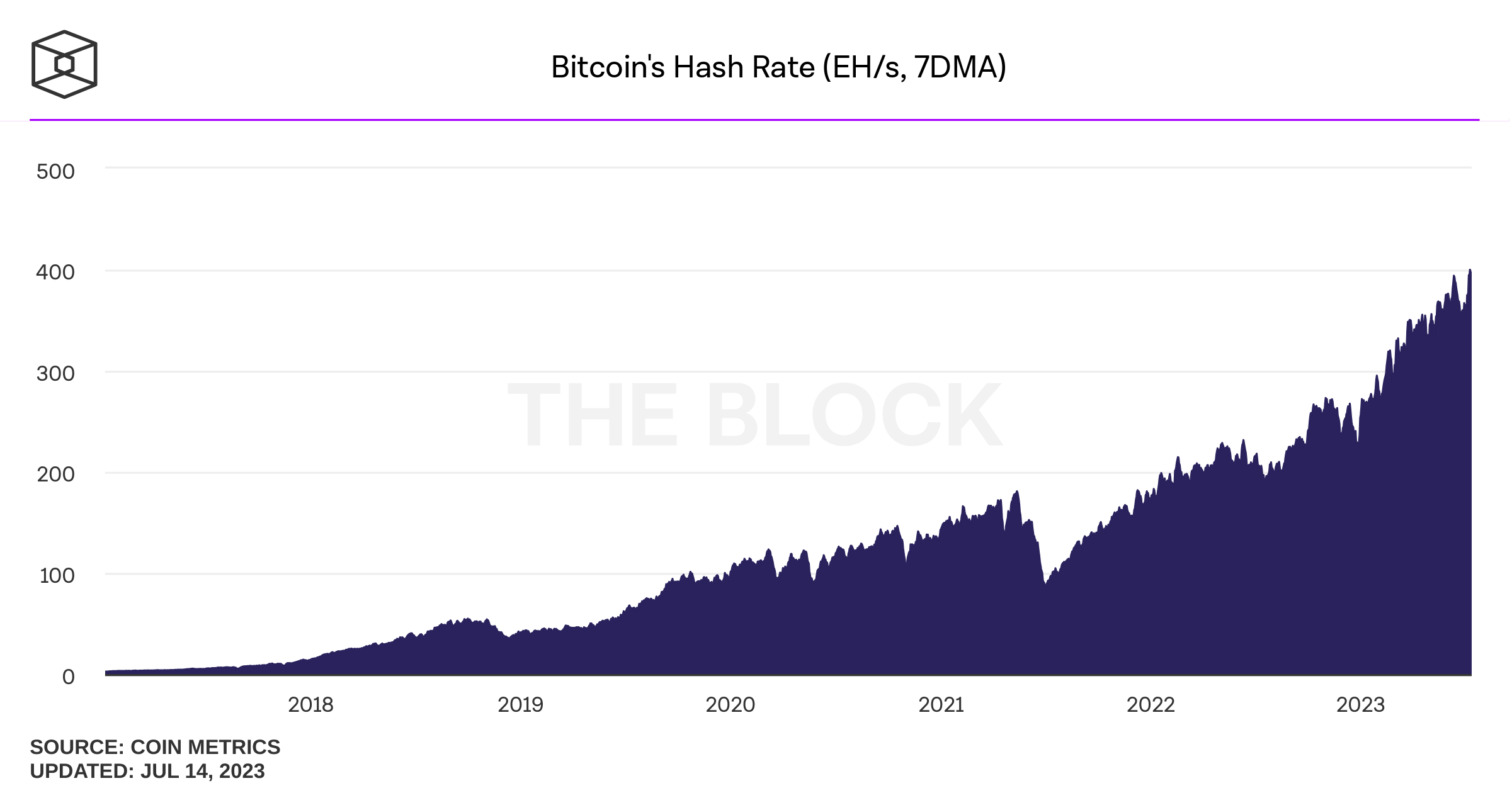According to JPMorgan, Bitcoin Halving Event Will Pose a Critical Test for Miners
Contents
Updated: July 14, 2023 at 11:49 AM UTC
- According to JPMorgan, the upcoming Bitcoin halving event will pose a critical test for miners to cope with reduced rewards and increasing production costs.
- The Bitcoin halving event occurs approximately every four years and reduces the reward given to miners for mining new Bitcoin blocks, thereby decreasing the rate at which new Bitcoins are created.
- While the Bitcoin halving event generally has a positive impact on the Bitcoin price, JPMorgan analysts believe it will present challenges for Bitcoin miners.
According to JPMorgan analysts, the Bitcoin halving event will present a challenging test for miners as they contend with rising costs and diminished rewards.
JPMorgan Highlights Challenges for Bitcoin Miners

According to JPMorgan, the largest bank in the United States, the upcoming Bitcoin halving event will pose a critical test for miners to cope with reduced rewards and increasing production costs.
In a report by JPMorgan strategists led by Nikolaos Panigirtzoglou, they stated:
“Miners with lower electricity costs can adapt more easily after the halving, while miners with higher electricity costs may struggle.”
Simply put, the halving event will determine miners’ ability to adapt and sustain profitability in a changing environment.
The Bitcoin halving event occurs approximately every four years and reduces the reward given to miners for mining new Bitcoin blocks, thereby decreasing the rate at which new Bitcoins are created. This helps control inflation and preserves the scarcity of Bitcoin over time. With the upcoming Bitcoin halving event, the block reward will be reduced from 6.25 Bitcoin to 3.125 Bitcoin.
While the Bitcoin halving event generally has a positive impact on the Bitcoin price, JPMorgan analysts believe it will present challenges for Bitcoin miners as production costs have historically acted as a floor price. The analysts stated:
“According to our current Bitcoin production cost model, a 1 cent change in the kilowatt-hour (kWh) electricity cost would result in a $4,300 change in Bitcoin production cost. After the halving, this sensitivity will increase to $8,600, further exacerbating the vulnerability of higher-cost producers.”
Bitcoin Hash Rate Shows an Increase
Analysis suggests that competition among Bitcoin miners is increasing prior to the halving event as the hash rate, which represents the total computing power for Bitcoin mining, is rising. However, according to analysts, after the halving event, the Bitcoin hash rate may not continue to increase at the same pace without a significant rise in transaction fees or a continuous increase in the production cost that can offset the reduction in the reward amount.
The analysts concluded the report with the following statement:
“The diminishing excitement around the Ordinals is currently posing an additional challenge for Bitcoin miners’ revenues.”
Gideon Wolf
Comments
Yorumlar
Other Articles
Bitcoin Surges to $93,888: How Venezuela-US Tensions Triggered a Crypto Rally
January 5, 2026 at 07:04 AM UTC
Tether Adds Nearly 9,000 Bitcoin to Reserves in Q4 2025, Reaching 96,185 BTC
January 1, 2026 at 03:25 PM UTC
Bitcoin’s Potential 2026 Rebound Debated Amid Bottoming Signals
January 1, 2026 at 12:16 PM UTC

